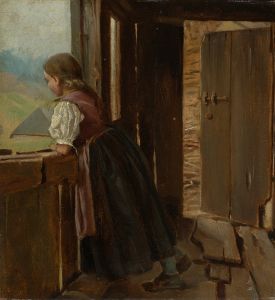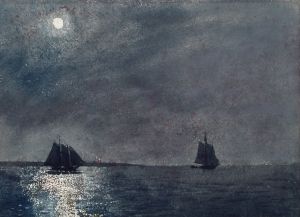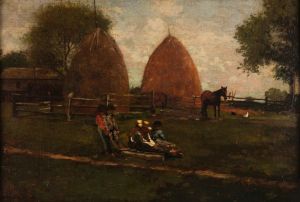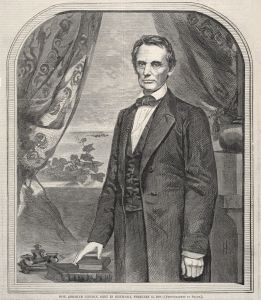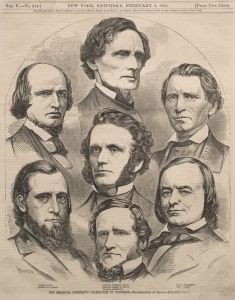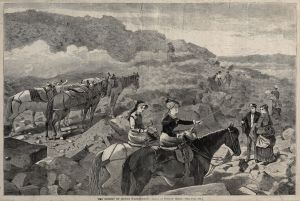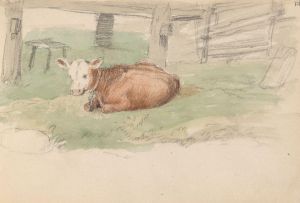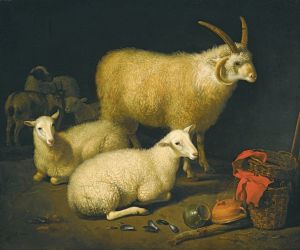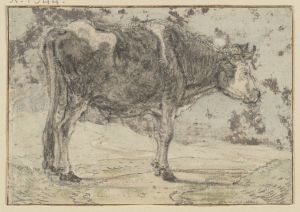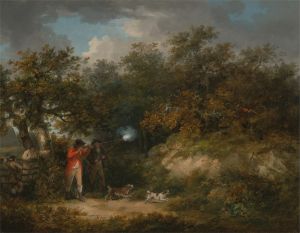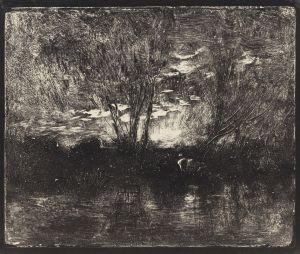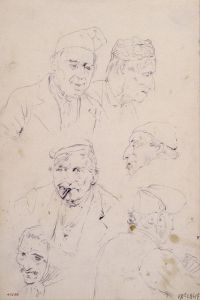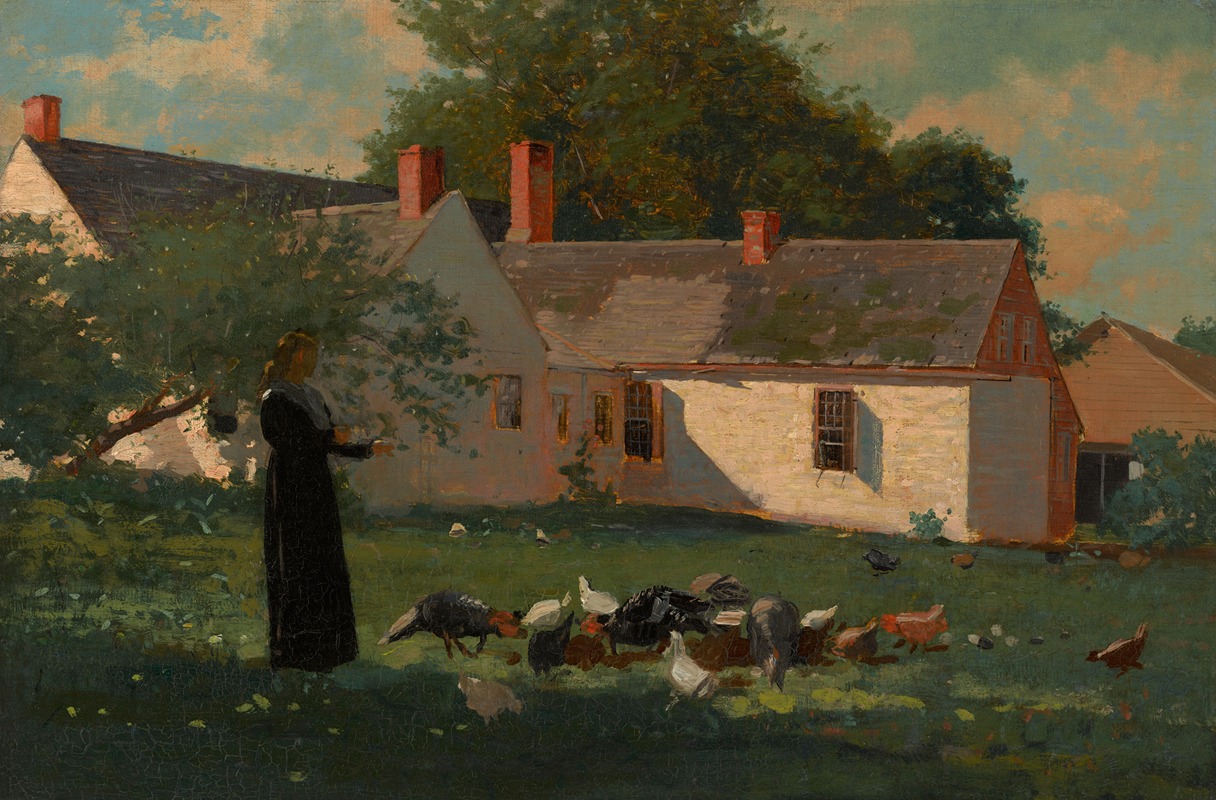
Farmyard Scene
A hand-painted replica of Winslow Homer’s masterpiece Farmyard Scene, meticulously crafted by professional artists to capture the true essence of the original. Each piece is created with museum-quality canvas and rare mineral pigments, carefully painted by experienced artists with delicate brushstrokes and rich, layered colors to perfectly recreate the texture of the original artwork. Unlike machine-printed reproductions, this hand-painted version brings the painting to life, infused with the artist’s emotions and skill in every stroke. Whether for personal collection or home decoration, it instantly elevates the artistic atmosphere of any space.
"Farmyard Scene" is a painting by the renowned American artist Winslow Homer, known for his significant contributions to 19th-century American art. Homer, born in 1836 in Boston, Massachusetts, is celebrated for his realistic and dynamic portrayals of American life and landscapes. His work spans various themes, including rural and coastal scenes, which reflect his keen observation and deep appreciation of nature and everyday life.
"Farmyard Scene" is one of Homer's works that captures the essence of rural America. Although specific details about the painting's creation date and current location are not widely documented, it is consistent with Homer's style during his early career when he focused on depicting scenes of rural and domestic life. This period was marked by his transition from illustration to painting, where he began to explore more complex compositions and themes.
The painting likely features a typical farmyard setting, which was a common subject in Homer's oeuvre. His farm scenes often include elements such as barns, animals, and figures engaged in daily activities, reflecting the simplicity and tranquility of rural life. Homer's attention to detail and his ability to convey mood and atmosphere are evident in his use of light and shadow, which bring his scenes to life.
Homer's technique is characterized by his use of vibrant colors and loose brushwork, which he developed further after his trips to Europe, particularly England, where he was influenced by the work of the Pre-Raphaelites and other contemporary artists. This influence is seen in his later works, where he combines realism with a more impressionistic approach to light and color.
Throughout his career, Homer remained committed to depicting American subjects, and his farmyard scenes are no exception. They offer a glimpse into the pastoral life of the 19th century, capturing the harmony between humans and nature. His ability to portray the subtleties of rural life with authenticity and emotion has made his work enduringly popular.
While "Farmyard Scene" may not be as widely recognized as some of Homer's other masterpieces, such as "Snap the Whip" or "The Gulf Stream," it nonetheless contributes to the rich tapestry of his artistic legacy. Homer's work continues to be celebrated for its historical significance and its ability to capture the spirit of American life during a time of great change and development.
Winslow Homer passed away in 1910, leaving behind a vast body of work that continues to influence and inspire artists and art enthusiasts around the world. His paintings are housed in major museums and collections, where they are studied and admired for their technical mastery and their poignant depiction of American culture and landscapes.





